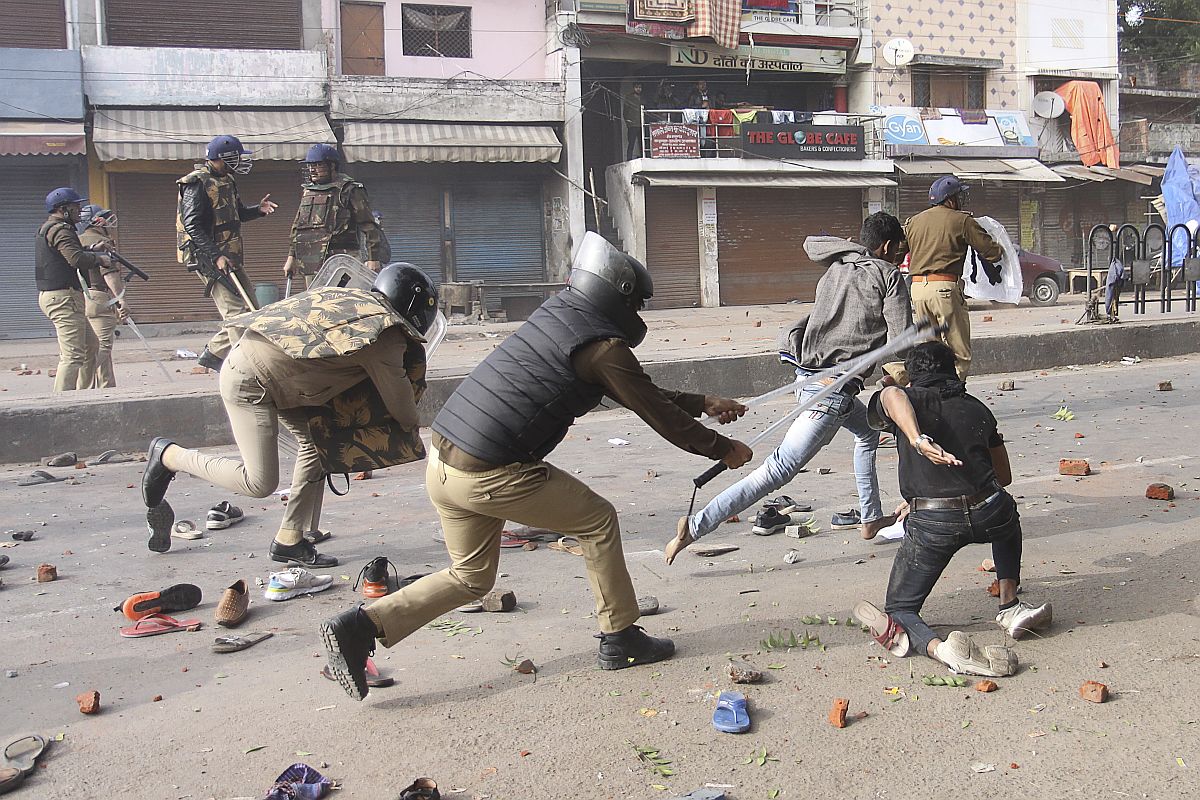In a major setback for the Uttar Pradesh government, a court in Bijnor district granted bail to 48 people accused of rioting and attempted murder by the Uttar Pradesh Police during the violent December protests against the Citizenship (Amendment) Act or CAA.
On Wednesday, while hearing the bail applications of 48 of the 83 accused, the judge made some scathing observations against the police investigation so far.
Advertisement
In his bail order, the judge said: “The police FIR says the mob fired at the cops, but no evidence has been presented in court to show any recovery of weapons.
“The government lawyers have failed to produce any evidence in court that shows that anyone part of the mob fired at the police.” Nor proof has been presented that any private vehicles or shops were vandalized, the judge said.
“Government counsels said that 13 policemen sustained injuries in the incident, but medical reports of all these people suggest these injuries are very minor in nature,” the judge observed.
The violence that broke out in many parts of the state between December 19 and 21 has claimed as many as 21 lives.
Meerut witnessed some of the worst incidents of violence during protests against the amended citizenship law and the National Register of Citizens (NRC). Around six people were killed in protests.
The Uttar Pradesh Police has only accepted that firing took place in Bijnor.
Two people were killed during the protests in Bijnor on December 20, and the cops admitted that one of them died in police firing. But video clips that have surfaced suggest firing took place at many places in the state.
Although many of the bodies of those killed in violence bore gunshot wounds, the state police insisted that they did not shoot anything other than plastic pellets and rubber bullets.
In an attempt to justify its action, the state police had released a series of photographs and videos showing two men firing at cops during protests against the controversial law.
The controversial Citizenship Amendment Act provides for granting citizenship to persecuted minorities from Pakistan, Afghanistan and Bangladesh and has evoked widespread protests, especially in Delhi, Uttar Pradesh and the northeast.
A total of 83 people were arrested after the clashes.
In their First Information Report (FIR), the police said a mob of thousands gathered after Friday prayers, vandalised private vehicles and shops without provocation, broke government vehicles, threw stones at the police trying to control the situation and even fired at the police.
A police report about damage to one government vehicle was presented, but the report was prepared at least 20 days after the violence took place.
More than 1,100 people were arrested and 5,558 kept in preventive detention following violence related to anti-CAA protests across Uttar Pradesh.
The police claimed at least 60 of their personnel had bullet injuries across the state while trying to control mobs that were indulging in vandalism, arson and firing.
Ahmed Jakawat, lawyer for some of the accused in Bijnor, told reporters: “The court had called for counter reports but the prosecution could not show any evidence.
“The police said the mob has fired but could not present any evidence. They said vehicles were smashed, but could not produce any number plates of these vehicles. The prosecution has failed to prove there as any such incident.”
The amended law seeks to provide citizenship to Hindu, Sikh, Buddhist, Jain, Parsi and Christian communities who have faced religious persecution in Pakistan, Bangladesh, and Afghanistan and have arrived in India on or before December 31, 2014.











